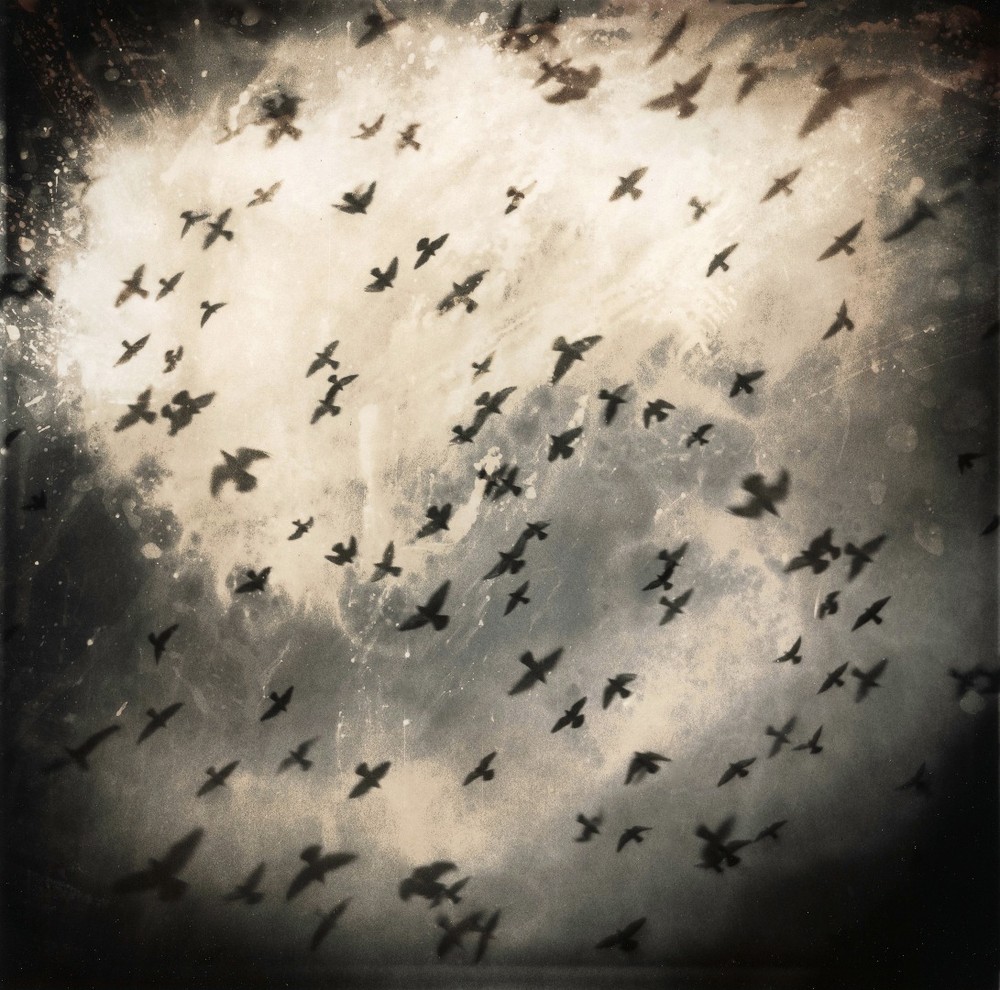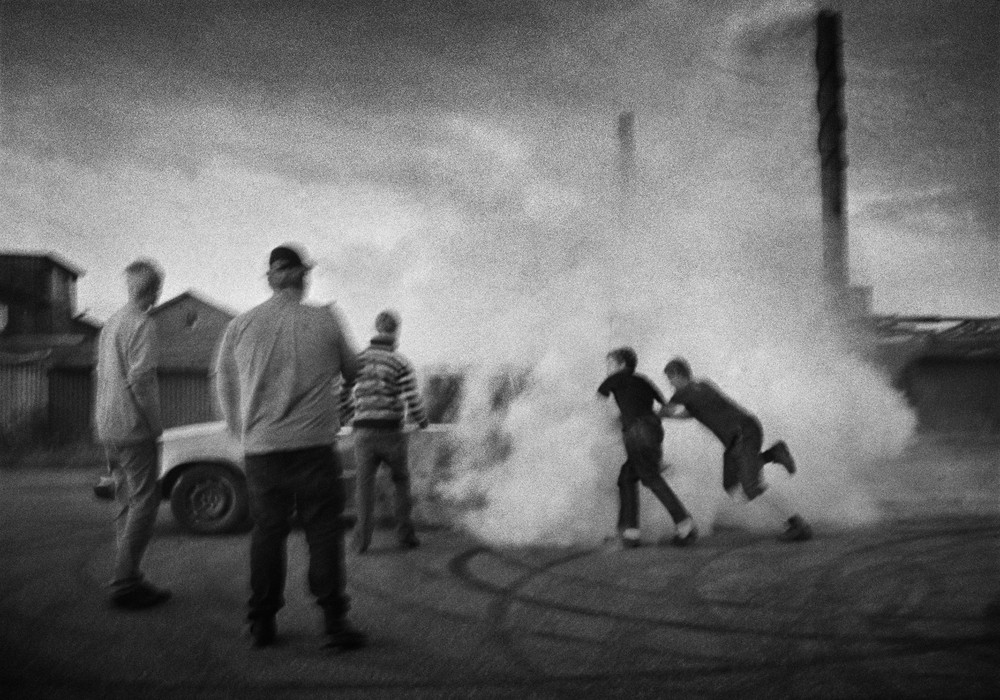I bought a couple of copies Aperture when I visited their offices in May (think I've written about that before). I was attracted to Issue 210 as it was focussed on looking at the state of photography today. I was particularly interested in an article by Charlotte Cotton - "Nine Years, A Million Conceptual Miles". Cotton wrote one of the books which I've read and commented on previously in this blog - "The photograph as contemporary art". The article looks at how photography has moved on since she finished the book in 2004.
Unsurprisingly she sees that the main drive for difference has been the increasingly dominant presence of digitalisation within photography - capture, postproduction, display, printing, distribution etc. Early within the article she states:
"Watching these developments, I've oscillated between feeling we are on the cusp of seeing unimaginably brilliant., liberated and different iterations of photographic ideas in a wholesale digital world and being worried that we may be marking the end of a once-central visual medium that is now being put out to a niche pasture."
She then goes on to explain how it is the publishing mechanism (publishing houses, museums, commercial galleries and art schools), which she is concerned about. The article then focuses on these aspects as opposed to the actual photography. Which is odd, because to me, that's the danger of contemporary photography - the photographs seem to be playing second fiddle not only to the process, but worse still, considerations of presentation and distribution (Surely this can very simply be summed up as "style over substance"). And Cotton seems to be capitulating this by concentrating on the distribution rather than the work being distributed.
To make matters worse, the article is written in a dense, academic prose and self referential style which I found convoluted, hard work and deeply uninformative.
So on the whole, quite a disappointing and depressing article....
There are some interesting points though.
"Our attitudes to authorship, shifted massively by our common use of the Internet, confuse our understanding of where photography will fit in the cultural landscape of the future. Anyone interested in high-art photography (where authorship is king, where influences are conventionally hidden, and where reusing existing imagery is consciously acknowledged as appropriation) sees this intellectual-property amnesia of the age of the "digital native" as a problem, at least on the level of terminology. All photographic imagery circulating on the Internet is the raw material for millions of "unique" stories of (educators hold your breath), self expression."
"Photography's materials(straddling analog and digital technologies) have never been more readily understood by artists or audiences as a series of conscious choices."













